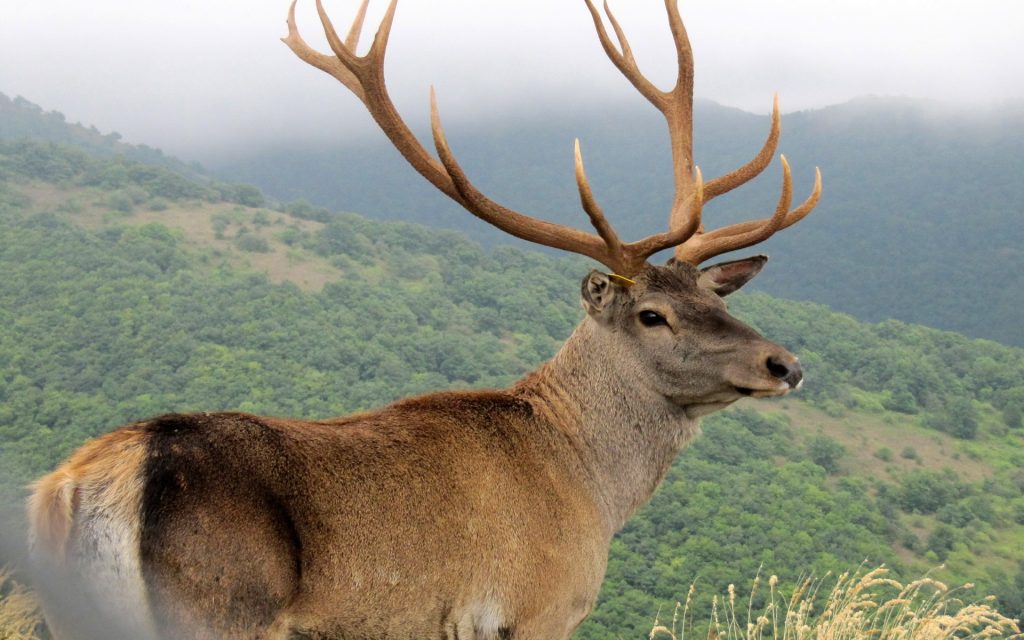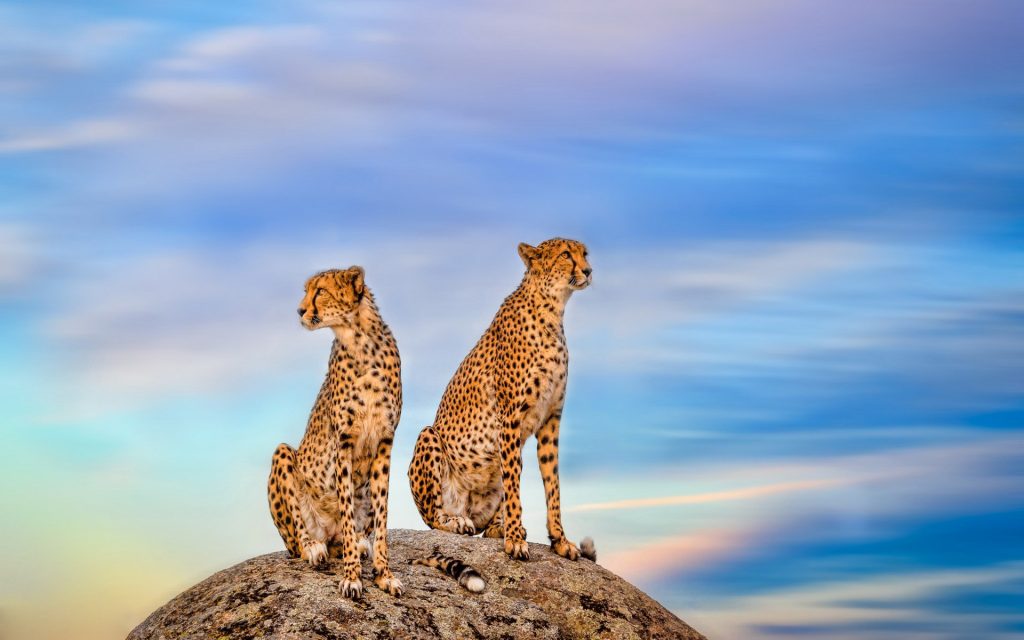Wildlife of Iran

The Civilization of Urartu
August 28, 2020
Lorestan
September 6, 2020Watching the life of animals is one of the most fascinating activities. The wildlife of Iran includes its flora and fauna and its natural habitats.
One of the most famous members of wildlife in Iran is the world’s last surviving, critically endangered Asiatic cheetah also known as the Iranian cheetah, which is today found nowhere else but in Iran.
Top Wildlife Areas
- Golestan National Park
- Arasbaran Protected Area
- Gavkhooni Wetland
- Kish Dolphin Parks
- Caspian Forests
- Kolah ghazi National park
and …
Golestan National Park

Golestan park is the most important wildlife habitat and national park of Iran that are situated in the jurisdiction of Golestan, Semnan, and Khorassan provinces.
This park because of its natural values like verdant and virgin forests and different species of flora and fauna is one of the most famous areas in Iran and the world.
This park has been a protected area since 1957 under the name of “Almeh” and “Yashki” and in 1976, these two parts combined and became the Golestan National Park with 91,890 hectares in area. This park is formed of slightly sloping hills and high calcareous rocks. Its climate is very damp and in some places dry.
The most important animals of the Golestan National Park are Rabbit, tiger, golden eagle, wolf, fox, panther, bear, sable wild cat, wild goat, wild pig (bore), gazelle, ram, deer, venison, kinds of snake, kinds of fish, black dall, delijeh, pray birds, etc and Most important plants of this park are: fig, mulberry, wild pear, walnut, raspberry, barberry, different medicinal plants, etc.
As the seasons change, different aspects of the Park’s character are revealed, along with the different stages in the life cycles of the Park’s plants and animals. Each season has its own attractions and brings its own opportunities for the visitor.
Arasbaran
Arasbaran Protected is the 9th Biosphere Reserved in Iran which covers an area of 78560 hectares with a circumference of 134 km. One of the biosphere reserves of the world that are registered by UNESCO is Arasbaran. This region is located in the northwest of Iran, south of the Aras River, and in East Azerbaijan Province.
This region offers mountains, valleys, forest areas, and rangelands. Its wonderful rich nature has created wildlife in which animals such as caracals, leopards, and brown bears live. Red deer, which were brought from Golestan Jungle to this region, are found in the protected area of Arasbaran as well.
Another feature of Arasbaran that attracts so many tourists is its hot spas in the region’s villages where one can find well-organized services for tourists. Moreover, the many rivers formed by these springs join the Aras River which is just spectacular.
Besides natural attractions, there are some historical attractions in Arasbaran as well. Babak Khorramdin Castle for example is located in this region and you should pass a narrow stone path to get there. Babak Khorramdin (Death: 838 AD) was the main leader of the Persian revolutionaries who rose and fought against the Abbasid Caliphate.
In addition to this castle, Aynaloo Mansion, historical mausoleums, and the ancient tree of Kavanaq are some other tourist attractions that you can find and visit in Arasbaran. Arasbaran region has some beautiful villages with hotels or hotel apartments where tourists can stay and spend their nights.
Some tourists prefer to have a one-day trip to Arasbaran and then return to the nearby cities (such as Tabriz which is three to four hours away from Arasbaran) to rest.
However, we recommend that tourists spend more than one day in Arasbaran to have a calm enjoyable trip. Furthermore, visiting villages in Arasbaran helps you learn about local people’s lifestyles. So, we recommend you stay in the local lodgings, buy souvenirs from the local handicrafts, etc.

Areas suitable for bird watching in Iran
List of some birds in Iran
Iran is a rich country in the section of biodiversity of birds, more than 105 important bird areas in Iran are in the list of the BirdLife International community. For instance, Loons • Grebes • Shearwaters and petrels • Austral storm petrels • Tropicbirds • Boobies and gannets • Cormorants • Darters • Pelicans • Bitterns, herons and egrets • Ibises and spoonbills • Storks • Flamingos • Ducks, geese and swans • Osprey • Hawks, kites and eagles • Caracaras and falcons • Grouse • Larks • Swallows and martins • Wagtails and pipits • Bulbuls • Kinglets • Waxwings • Grey hypocolius • Dippers • Wrens • Accentors • Thrushes and allies • Cist colas and allies • Streaked scrub warbler • Cettid warblers • Locustellid warblers • Acrocephaly warblers.
Urmia lake
Most birdwatchers head to the West Azerbaijan province where Urmia lake is located. Flamingos, pelicans, spoonbills, ibises, storks, shelducks, avocets, stilts, and gulls are common birds that live in this lake.
Mian Kaleh Peninsula
It is a long, narrow peninsula in Behshahr, Mazandaran province. flamingo, greylag goose, lesser white-fronted goose, red-breasted merganser, and the rare white-headed duck live in this area.
Fereydoon Kenar wetland
This site is a Non-Shooting Area designated within local rice fields. The area comprises four “Damgahs,” or duck trapping areas (Fereydoon Kenar, Ezbaran, Eastern and Western Sorkh Ruds), and Fereydoon Kenar Wildlife Refuge (48 ha), located in the northeastern part of the damgah. This area is wintering home for the entire western Siberian Crane population, along with many other species of waterfowl, notably dabbling ducks and geese.
Miqan Wetland
one of the 10 major wetlands in Iran is Miqan .this wetland is a non-shooting area because of its fragile ecosystem Meighan Wetland is located in Arak and is one of the important habitats of 140 species of birds. The wetland hosts over 130 species of migrant birds, including cranes, ducks, flamingos, and goos throughout the year.
Kani Brazan
Situated south of Lake Urmia on the Miandoab-Naghadeh Route. Kani Brazan hosts the largest population of migratory and wading birds including the endangered White-headed Duck and protected species of marbled ducks, pelicans, swans, flamingos, Spotted Eagle as well as other birds such as goose, duck, Ruddy shelduck.
Zaribar Lagoon
It is located in Marivan, Kurdistan. There are 29 plant species, 74 birds, nine fish, two mammals, three reptiles, and three amphibians that have been identified in the wetland. These include some globally vulnerable species such as the lesser white-fronted goose (Anser erythropus), red-breasted goose (Branta ruficollis), Amur carp (Cyprinus carpio), and common tortoise (Testudo graeca). The Site also supports endemic species such as the Namak scraper (Capoeta bushes) and the Mesopotamian spiny eel (Mastacembelus mastacembelus). Communities around the wetland depend on the lake for their livelihoods related to fishing and recreational activities. ( Zarivar wildlife refuge) REF.
Anzali lagoon
This lagoon is located in Gilan Province, this area is one of the most beautiful and interesting, and incredible natural habitats. Water lilies that grow in summer add to yet another beauty of Anzali Lagoon. This natural freshwater lagoon, which is recognized as an important bird sanctuary in the world, hosts about 100 species of birds such as swans, herons, and ducks.
